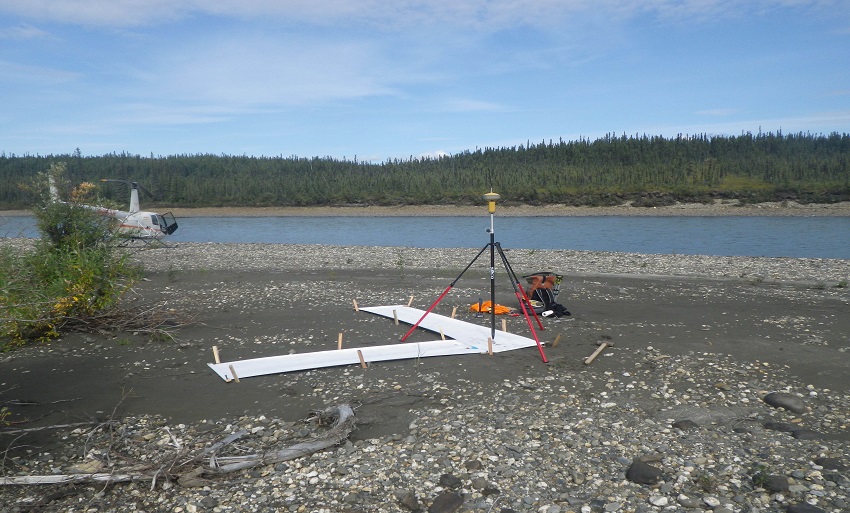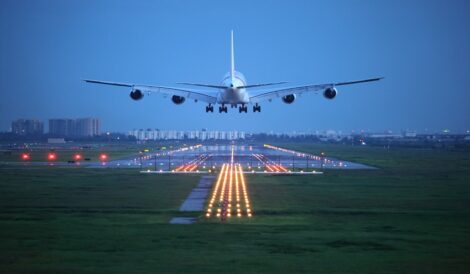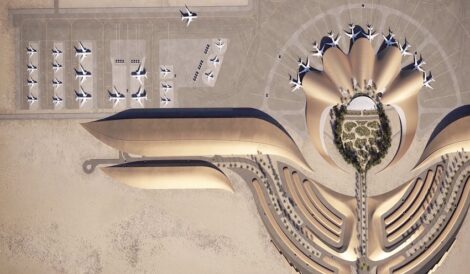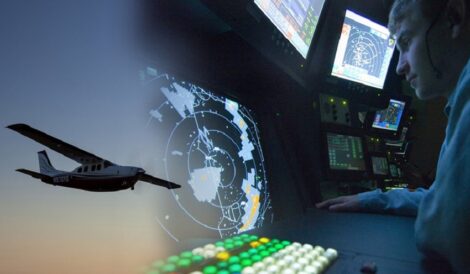United ATS
- Posted on
- No Comments
There are some specifications for choosing a suitable place for the Airports, whether these specifications are natural or human. one of the most important natural factors that help in establishing airports is the topography of the place.
Human factors have a great impact on the choice of place. Perhaps one of the most important is the distance from the urban surrounding the place. This requires a good study of the present and future location to avoid future problems in the process of urbanization and penetration of the airport Area.
Therefore, the International Civil Aviation Organization recommended conducting the Aeronautical survey for airports, whether an annual check or a complete Aeronautical survey that does not exceed five years from the previous one.
United ATS provides Aeronautical Survey service for positioning, height, and orientation information needed for safe navigation. These surveys provide critical information about airport features, obstructions, navigation aids, and any feature that may be a hazard for Air traffic navigation. Aeronautical Survey information result uses to establish airport approach, departure, and arrivals procedures, determine takeoff weights, update aeronautical publications, and for airport planning and construction studies. United ATS also Can provide Aeronautical chart production service for Airports and all flight phases.
The aeronautical chart is a map designed specifically with details to assist in the field of air navigation. Specific charts are used for each phase of a flight. Aeronautical charts show aerodromes, navigation aids, and obstacles, and include all aeronautical charts ICAO series. They may also show some of the natural and cultural features which are shown on general topographical maps.
After the Provision of an Aeronautical Survey UATS provides Further analysis for Airport Safeguarding. The aim of Airport Safeguarding to control and management of obstacles is critical for airport operators as well as for construction projects within the vicinity of aerodromes
Physical Safeguarding is a process aimed at preventing collisions between aircraft and obstacles – such as new constructions or objects. It consists in controlling that obstacles do not infringe on complex 3D surfaces defined by international or national requirements around aerodromes CALL OLS
These Obstacle Limitation Surfaces (OLS) “define the airspace around aerodromes to be maintained free from obstacles to permit the intended airplane operations at the aerodromes to be conducted safely and to prevent the aerodromes from becoming unusable by the growth of obstacles around the aerodromes.”
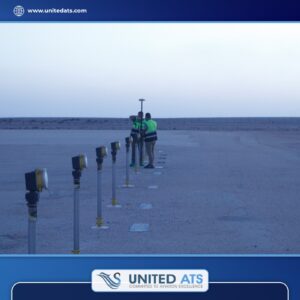
CNS facility?
CNS facilities are crucial to the safety of aviation. Air services and Defence rely on them to ensure the safety of civilian and military aircraft operations, maximizing aircraft flying safely in our skies.
If not properly assessed and managed, inappropriate development located in the BRA of CNS facilities can compromise their effectiveness.
What is a Building Restricted Area surrounding a CNS facility?
- The BRA is defined as a space where development has the potential to cause unacceptable interference to CNS facilities. However, the BRA of a CNS facility can extend up to 15 kilometers from a facility in some instances, increasing the potential for new development to adversely impact its effectiveness.
- The purpose of BRAs is to trigger an assessment of potential impacts on CNS facilities from proposed developments. They are not intended to prohibit development, except where it would lead to an adverse impact on a CNS facility.
- The extent of the BRA depends on the type of CNS facility. It is usually divided into zones A, A/B, and an Area of Interest, within which different types of development are considered compatible .
As a result of the building surrounding the airport and based on the ICAO European guidance material for Building Restricted Areas this material by its very nature is for guiding the user and hence the process identified in a two-step approach to the decision-making process of whether a building causes unacceptable interference for the Communication navigations and surveillance systems UATS has developed tools to ensure that the signal in space requirements are maintained within specification for the respective Communication, Navigation, and Surveillance (CNS) facilities.
The workflow for the program is based on two main steps:
Step 1: Use the General Input Screening method for all applications. This screen is to be used by the appropriate authorities to ascertain whether approval can be given directly or
Step 2: It should be passed to the appropriate engineering authorities Air Traffic Safety Electronic Personnel.

